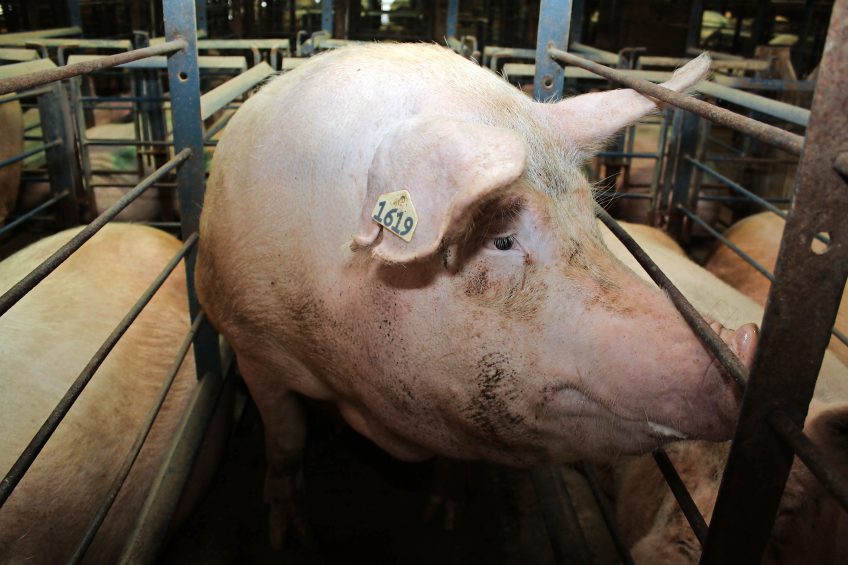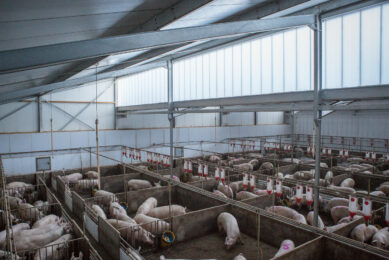Sow mortality – welfare or production issue?

Of late, sow mortality in the United States has been a big issue. The question is: What could be behind this development? Animal welfare expert Dr Monique Pairis-Garcia launches a plea for a holistic approach.
One of the hottest topics being discussed in the US swine industry today is the concern over increased total sow death loss on-farm. Now this issue is not unique to the United States and we have seen an increase in sow mortality globally, yet, the reasons behind this increase in sow mortality has remained quite a mystery.
There have been several reports published over the last 6 months highlighting the changes in total death loss on sow farms. Ron Ketchem, with Swine Management Systems out of Freemont, NB, noted over a 4% increase in mortality in the last 3 years in an article published by National Hog Farmer. For some farms, this has resulted in over a 15% sow mortality rate. This rising trend has been associated with sow loss around the time of farrowing as well as a demonstrated increase in prolapse.
Prolapse has increased dramatically
Prolapse, defined as the ‘turning inside-out of the rectal, vaginal or uterine lining’ has increased dramatically in some larger commercial facilities with producers reporting up to 50% of sow mortality associated with prolapses. From a welfare standpoint, there are a number of concerns related to this.
Given the poor likelihood of recovery, necrotic rectal prolapses and uterine prolapses have been identified in the Common Swine Industry Audit as two of the conditions that require immediate euthanasia. Given the increase prevalence of prolapses on farm it is critical that caretakers are aware of the euthanasia requirements and perform euthanasia in a timely and humane manner.
The other welfare concern that should be taken into consideration is the underlying cause of this increase in mortality. As with most situations, the cause is often multi-factorial and complicated. Genetics, increased litter size and low-fibre diets have all been questioned.
Holistic approach assessing everything
Given this dramatic and quick rise in mortality, it is essential that we address this using a holistic approach that assesses not only the immediate issue at hand (i.e. prolapse or death) but the management practices, behavioural needs of the sow and environmental conditions that could play a role in this.
A strong push for research funding has been ongoing in 2017 as a means to help scientists pursue this problem. With a strong support for research and a collaborative industry working together, it is my hope that we can identify risk factors and solutions to this problem.











